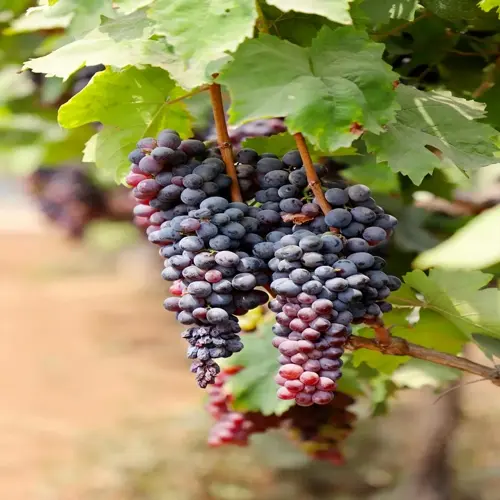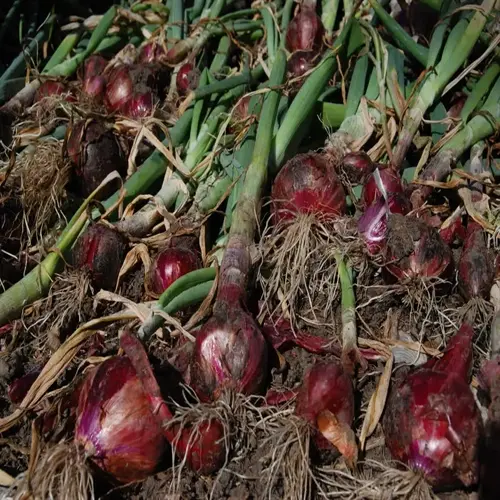Do different pear colors indicate sweetness levels?

Written by
Julia Anderson
Reviewed by
Prof. Martin Thorne, Ph.D.Pear color confusion causes growers to misunderstand sweet levels. After years of experience with my orchard, I now reaffirm that color is only an indication of variety, not sugar levels. Bart's will turn a yellow-green color at harvest, not really beginning to sweeten up until after the harvest. Asian pears, such as Shinseiki, can reach peak sugar levels while still golden yellow on the tree.
European Pears
- Yellow-green skin indicates harvest readiness
- Sugar develops during off-tree conditioning
- Final sweetness unrelated to initial color intensity
Asian Pears
- Golden yellow signals full ripeness
- Sugar production completes on tree
- Color saturation doesn't correlate with Brix levels
True Sweetness Indicators
- Lenticel spots turning from white to brown
- Stem detachment with gentle upward twist
- Aromatic fragrance development at stem end
Visual Deception occurs because certain cultivars exhibit vibrant color before they reach the sugar peak. I have seen bright yellow Bartlett pears with very low Brix and pale Asian pears with sweetness off the charts. When testing for ripeness, rely more on tactile tests such as gentle stem-end pressure and aroma testing. Color can be significantly affected by temperature and sunlight patterns, and is not totally reliable when relative to sugar content.
The practical evaluation of fruit in my orchard involves myriad senses. I smell floral notes at the stem, check the lenticel for browning, and do a palm test near the calyx. European pears still require post-harvest conditioning to fully express their sugar content, regardless of their starting color. Each year, take note of the patterns in the trees.
Read the full article: When to Harvest Pears: Complete Guide

